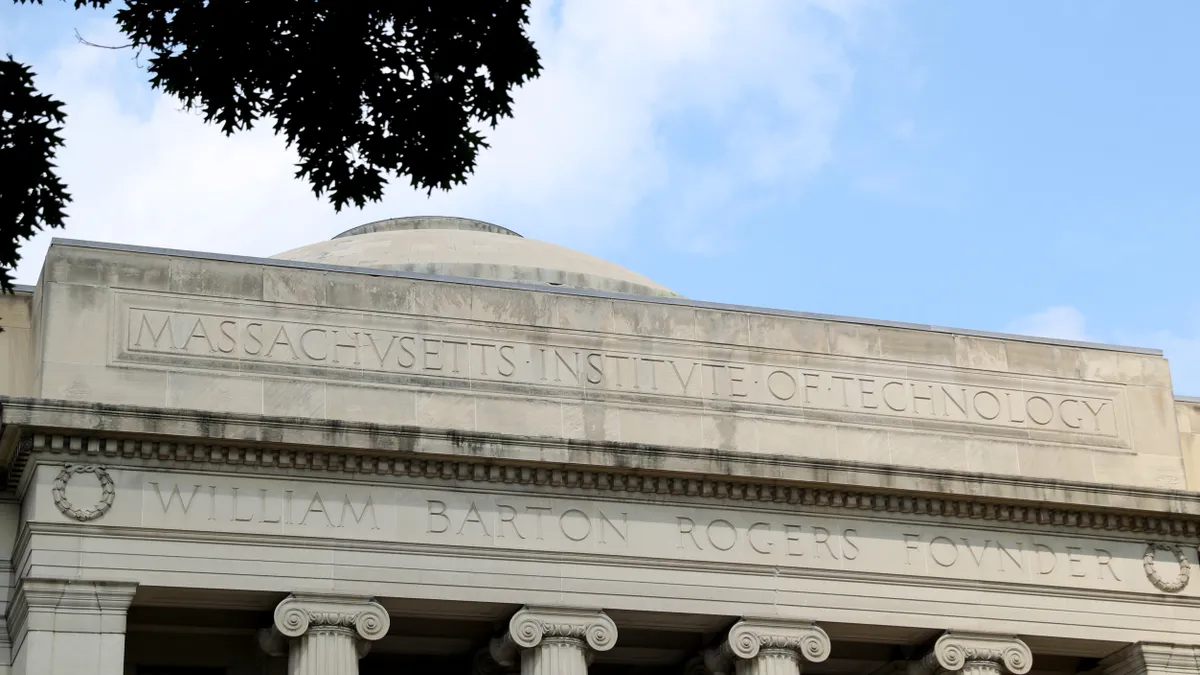Dive Brief:
- Low-income students apply less often to flagship universities if they increase their tuition prices, even if they guarantee they will meet students' full financial need, a new working paper published by the National Bureau of Economic Research found.
- The findings, which cover 17 institutions, suggest that generous financial aid policies don't stop sticker shock from putting off some low-income students — particularly if students are unaware of the offer.
- The report highlights how years of tuition increases at public flagships following the recession have either priced out low-income students or made them wary of attending due to perceived costs.
Dive Insight:
Tuition prices spiked at public flagships nationwide during the Great Recession, but some universities have promised low-income students that they would meet their full financial need. These included the University of California, Berkeley; the University of Michigan; the University of North Carolina at Chapel Hill and the University of Virginia.
Universities with these policies raised their tuition more than those without them during and after the recession to make up for declines in state support. Although such policies aim to keep an institution accessible to low-income students, the students ended up dissuaded from applying, likely because they were unaware they would qualify for financial aid, the researchers wrote.
As a result, flagships kept their enrollment levels steady by lowering their admissions standards.
Public flagships are growing further out of reach for low-income students, an analysis last year from the Institute for Higher Education Policy found. Moreover, students who receive Pell Grants make up less than 15% of total enrollment at half of the 10 most affordable institutions for low-income students.
In the decade ending in 2018, state funding for higher education fell an average of 16% per student, according to an analysis by the Center on Budget and Policy Priorities. This decline has pushed public universities to disproportionately focus their recruiting efforts on wealthy out-of-state students, an analysis last year from The Joyce Foundation found. These schools' out-of-state visits also "consistently exhibited racial bias," the researchers wrote.
Public colleges have also been funding more merit scholarships to attract wealthy students with high test scores — sometimes at the expense of aid to low-income students, suggests a recent report from New America, a left-leaning think tank. Merit aid increases have outpaced need-based aid increases since 2014, the analysis explains.
Some colleges are tailoring recruiting to low-income students.
For example, the University of Michigan in 2018 sent nearly 2,000 high-achieving, low-income high school students in the state a mailer that promised them four years of free tuition and fees. Students who received the letter were more than twice as likely to apply and enroll at the university than students who didn't.
The University of Dayton, a private Catholic institution in Ohio, has since 2013 locked in students' net tuition prices for four years. The first cohort of students who were affected by the policy had a graduation rate of 80.4%, four percentage points higher than the average of the previous five classes.














